Tuaropaki is an Ahu Whenua Trust established by the Maori Land Court under the Te Ture Whenua Maori Act (1993).
The land block is located 30 kilometres north-west of Taupo.
The Trust Order requires the Trustees to administer the Tuaropaki E lands for the benefit of the beneficial owners.
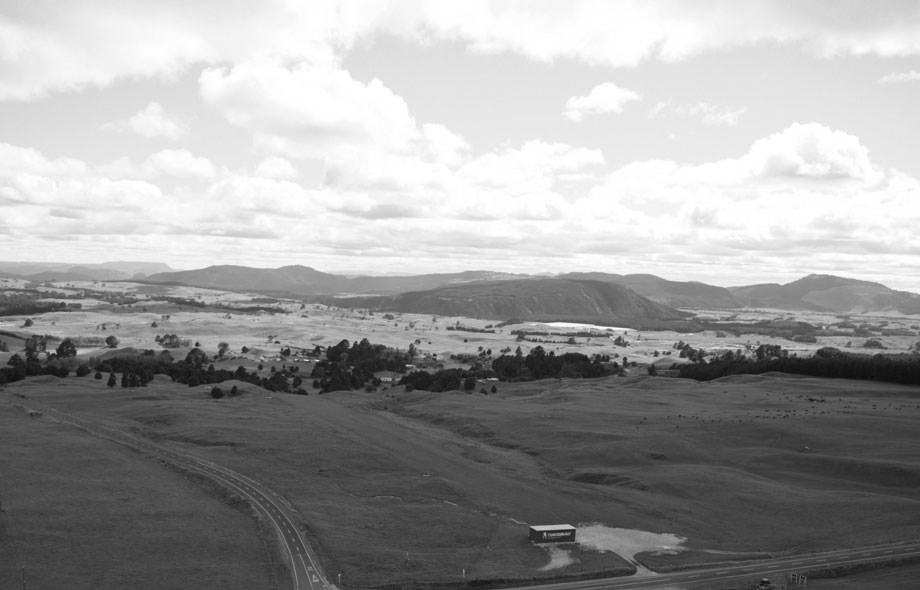
1951
An advisory committee was setup under the chairmanship of Hoani Wereta and its purpose was to work with Department of Maori Affairs land development staff.

1952
297 land owners agreed to amalgamate their lands to be managed jointly by their representatives and the Department of Maori Affairs.
Tuaropaki Development Scheme loan approved.
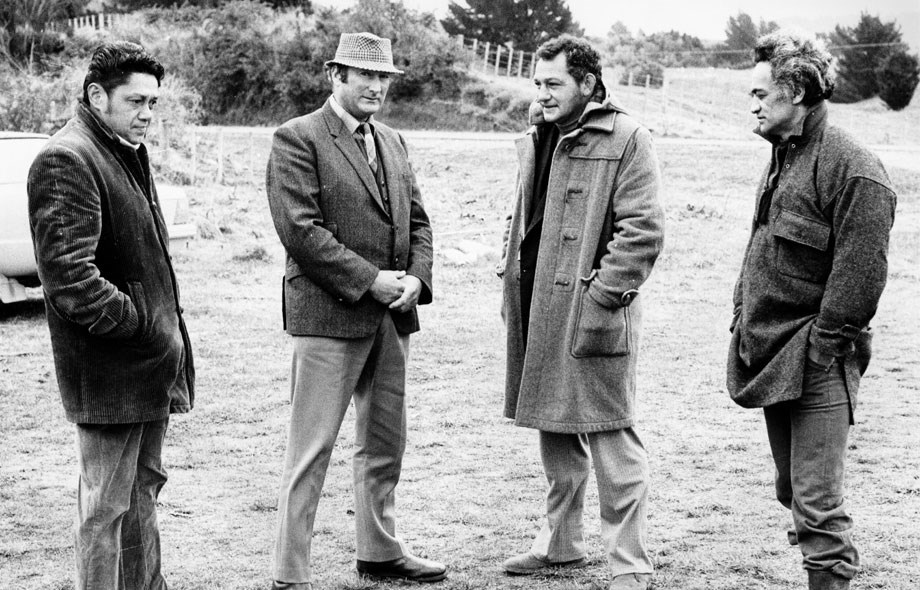
1975
The Department of Maori Affairs loan was repaid in full.
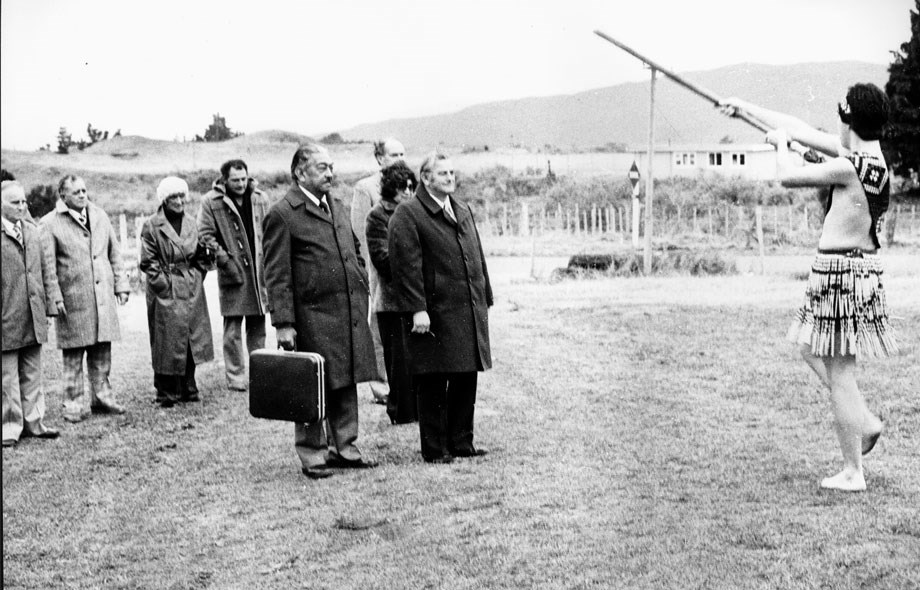
1979
Sole responsibility for the management of the land and the farming operations was transferred to owner Trustees on behalf of the land owners under section 438 of the Maori Affairs Act (1956).
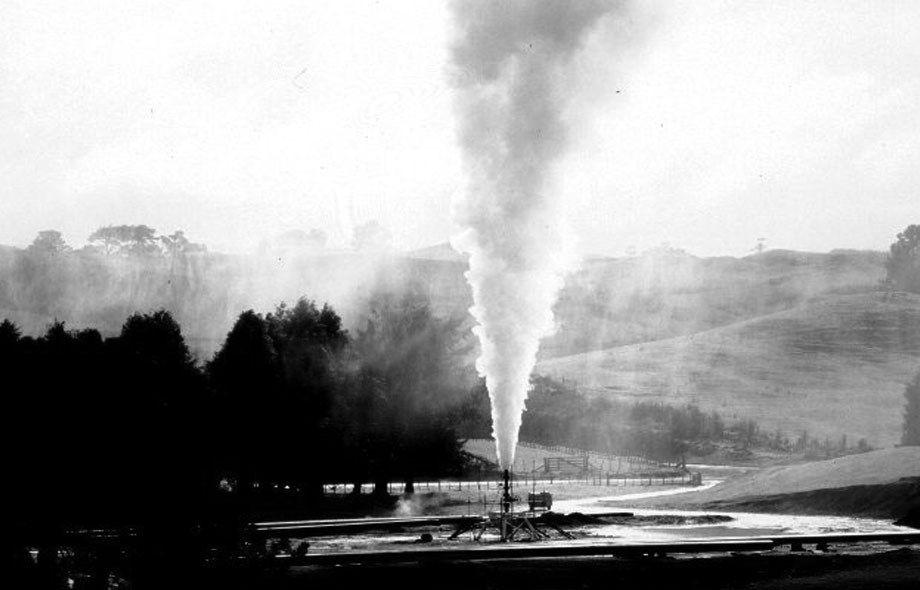
1982
The Crown enters Tuaropaki land without the need to use the Public Works Act (1981) and drills wells searching for geothermal steam. The Ministry of Energy and the Gas and Geothermal Group recommend developing the Mokai geothermal field but the Crown decide not to proceed.
Tuaropaki formally released from the Department of Maori Affairs.

1984
Tuaropaki Trust diversifies from dry stock farming and introduces a large scale dairy unit on its lands.
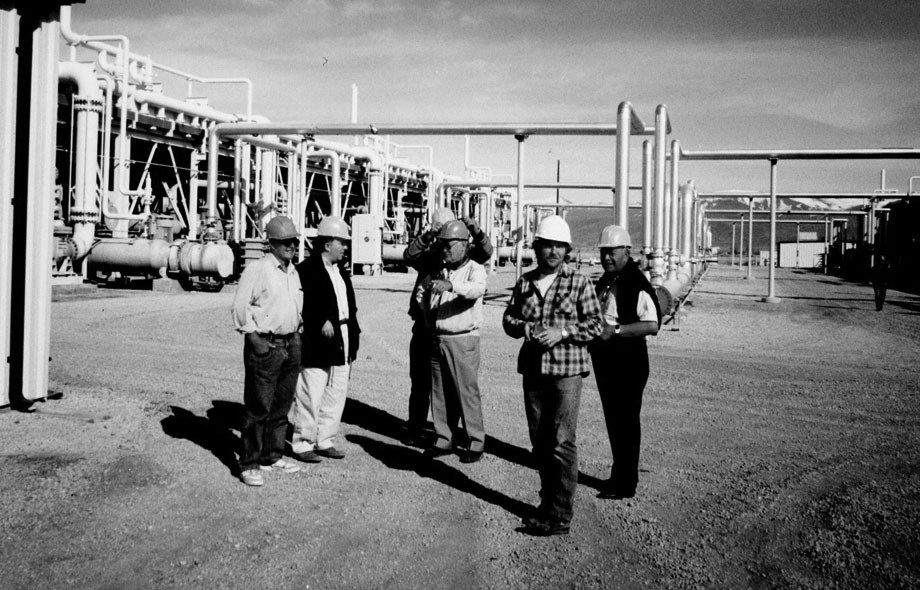
1994
Tuaropaki Trust establishes the Tuaropaki Power Company Ltd.
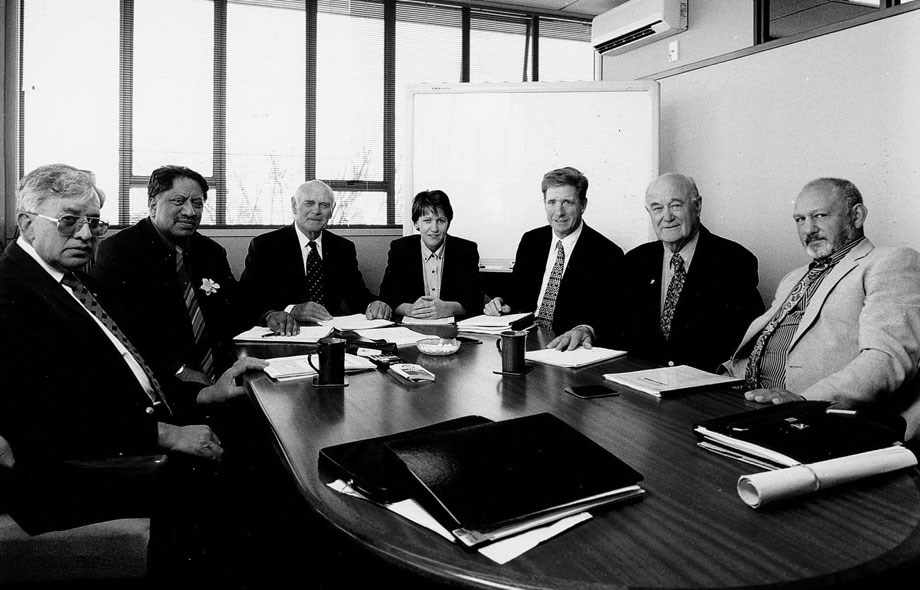
1996
Tuaropaki negotiate directly with the Crown and purchase the Crown's interests in the geothermal wells on Tuaropaki lands.
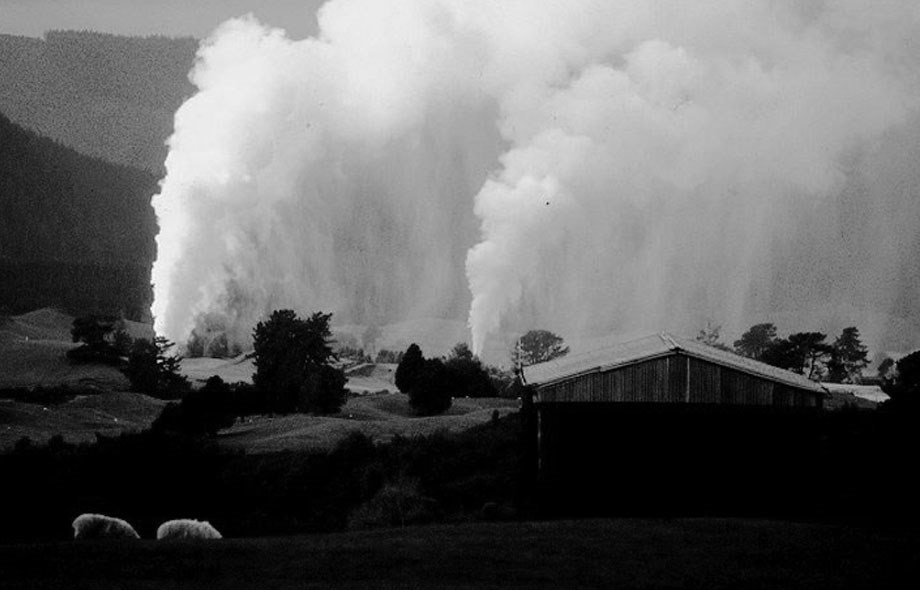
1998
Commercial and funding agreements for the Mokai I Geothermal Power Station are successfully concluded and construction of the power station at Mokai begins.
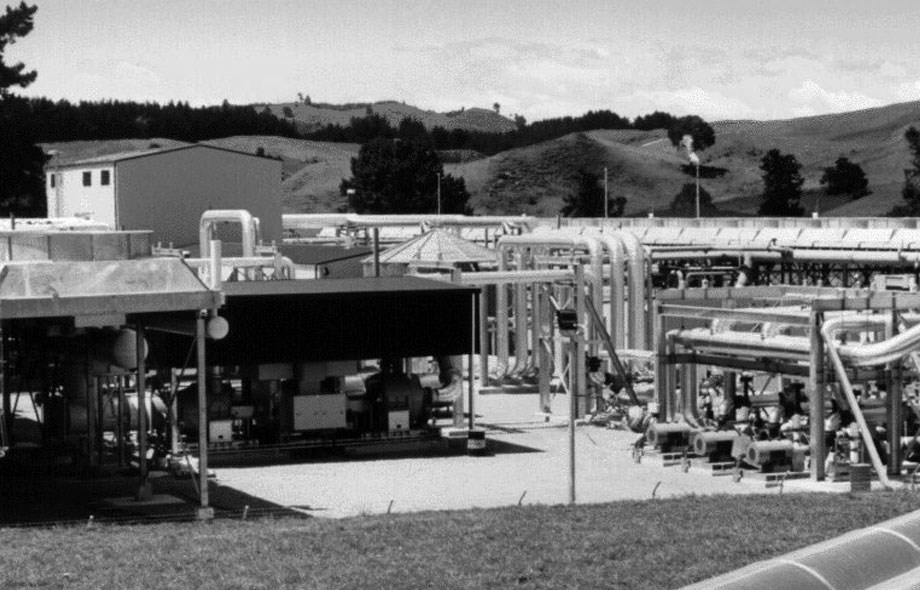
2000
The 'Mokai I' 55 MWe geothermal power plant is completed and commissioned – 100% owned by the Tuaropaki Trust.
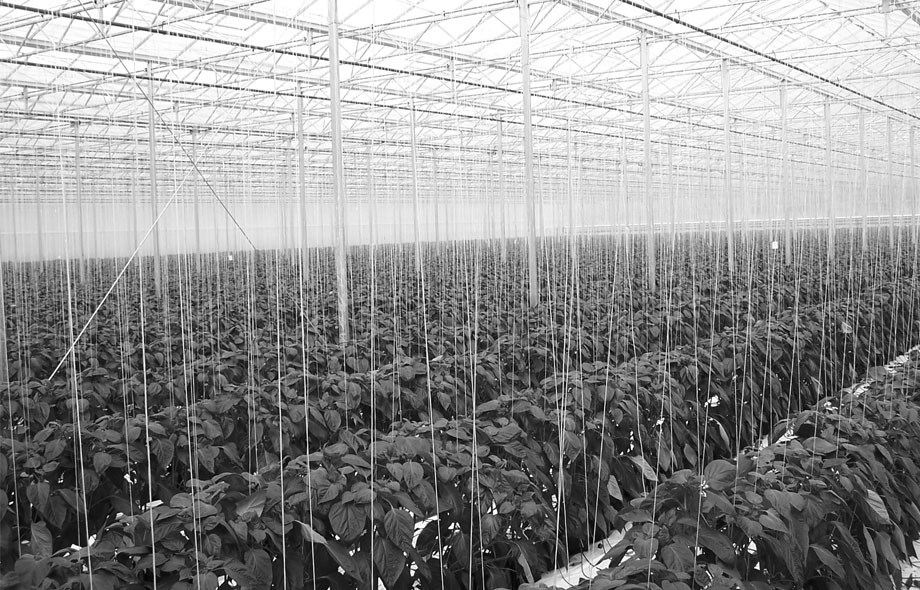
2002
Tuaropaki and its JV partners build a 5.5 ha state-of-the-art geothermal heated glasshouse at Mokai and establish the produce company Gourmet Mokai.
The decision is made to build a second geothermal power plant.
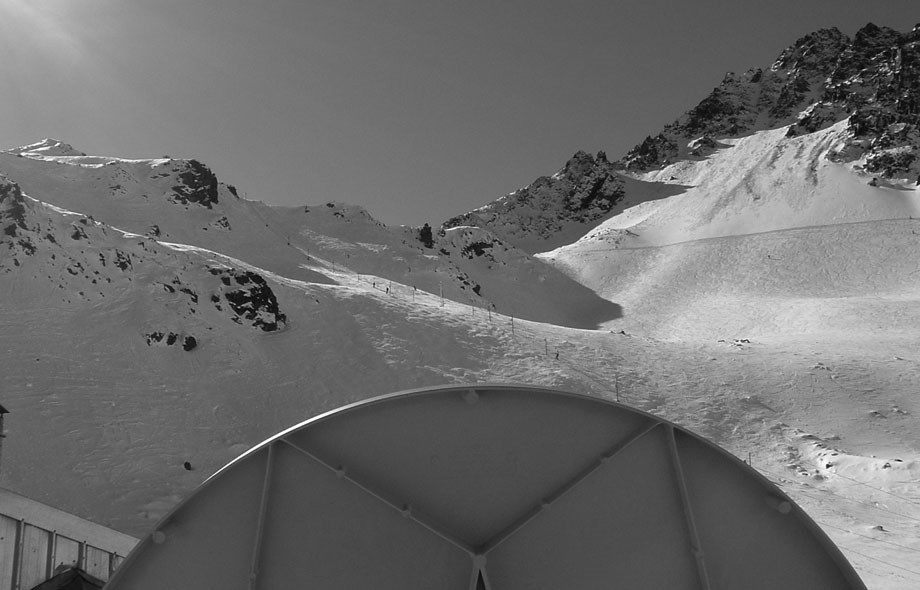
2003
Tuaropaki enters the telecommunications sector and forms ESAT Tuaropaki Ltd with Australian-based business partner ESAT Communications.
Mighty River Power acquire a 25% shareholding in Tuaropaki Power Company.
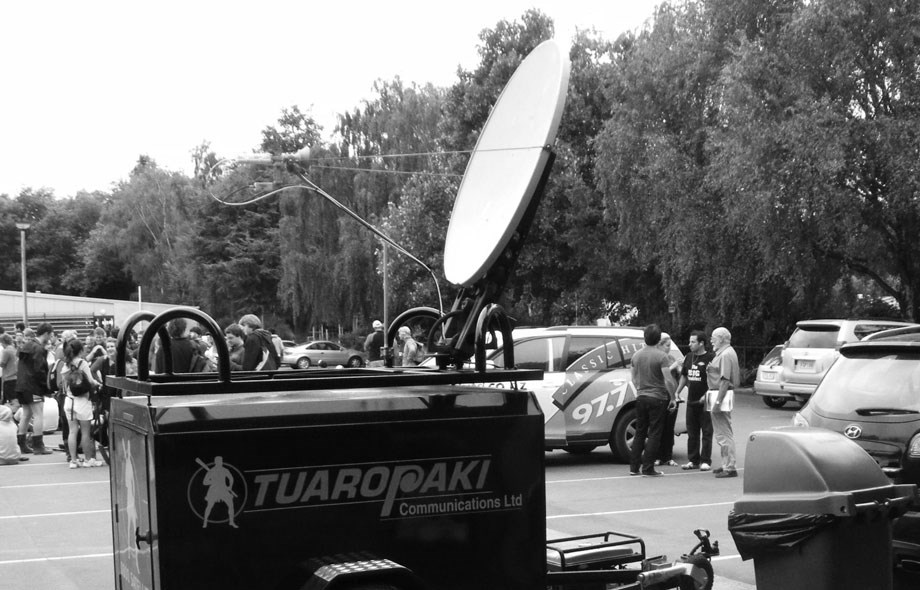
2004
Tuaropaki purchases ESAT Communications interests in ESAT Tuaropaki Ltd and forms Tuaropaki Communications Ltd – 100% owned by the Tuaropaki Trust.
Tuaropaki Communications launches its satellite telecommunications product Rural Inzone.

2005
Construction of Mokai II is completed and the 38 MWe geothermal power plant begins generating power.
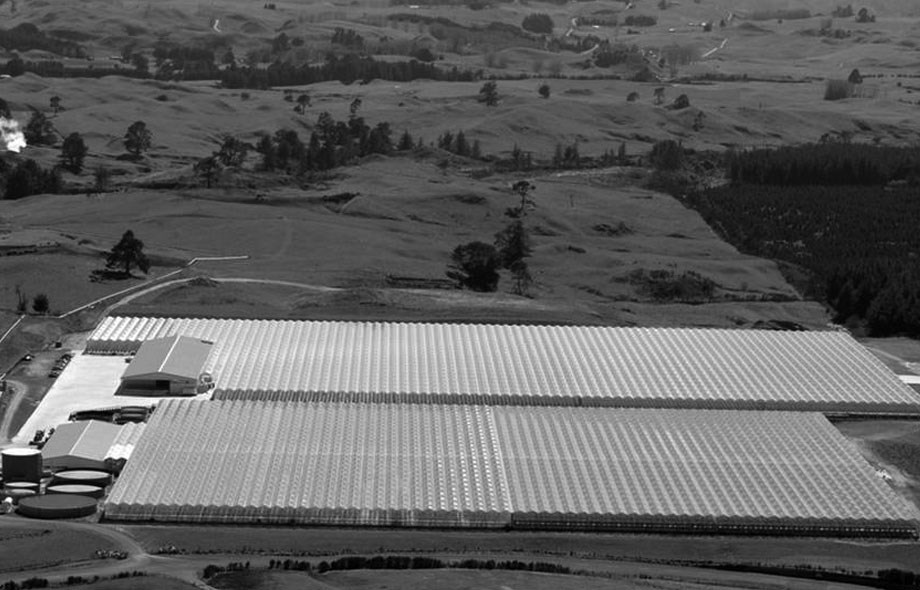
2007
Gourmet Mokai builds an additional 6.2ha geothermal heated glasshouse.
Tuaropaki invests in Vinoptima Estate winery and also NZ Communications, the later becoming 2Degrees Mobile.
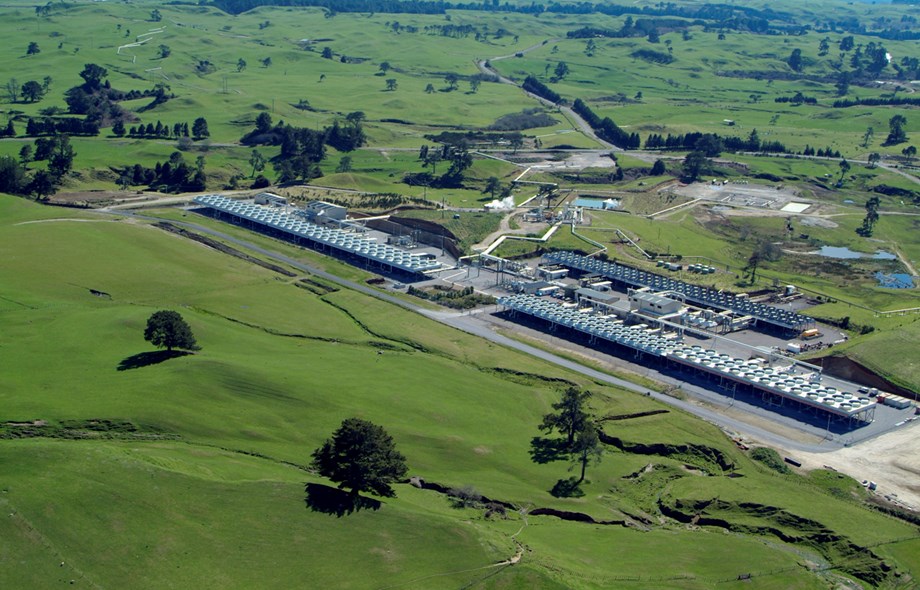
2008
A power generating unit is added to the power station increasing its capacity to 113 MWe.
Tuaropaki acquire the neighbouring Pukemoremore lands (1,200 ha) from Contact Energy – formerly known as Electricorp who purchased the land in 1988.
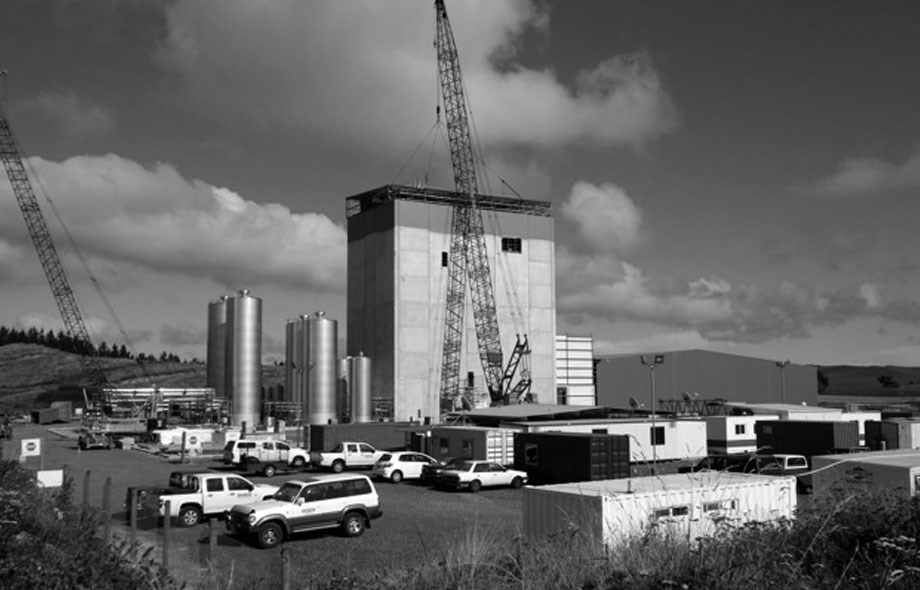
2010
Tuaropaki and JV partners build a state-of-the-art geothermal heated and powered milk powder processing factory at Mokai – the first of its kind.
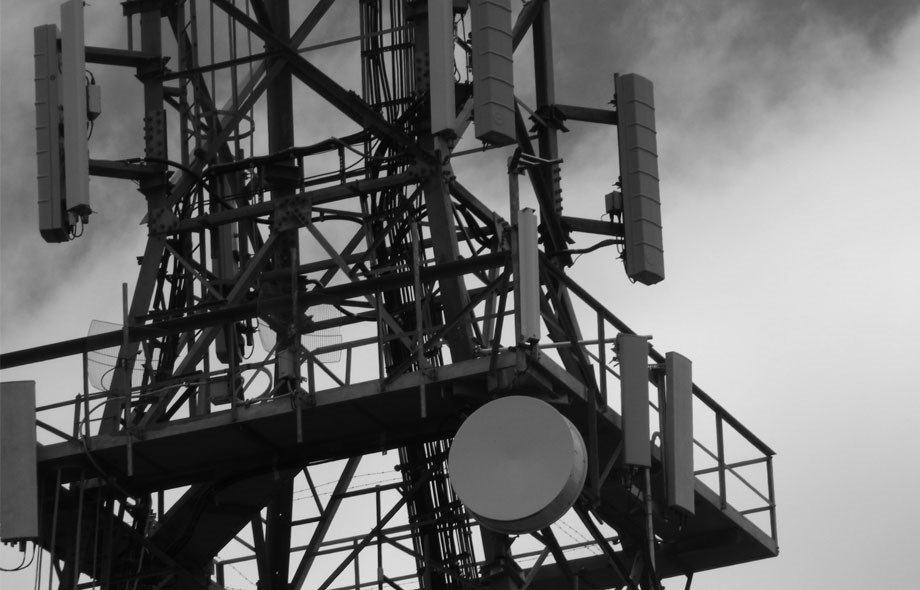
2011
Tuaropaki appoints its first Chief Executive Officer and transitions from long serving management company Strettons to an independent management structure.
Tuaropaki becomes a major shareholder after the merger between Tuaropaki Communications’ Rural Inzone product and the industry leader Farmside.
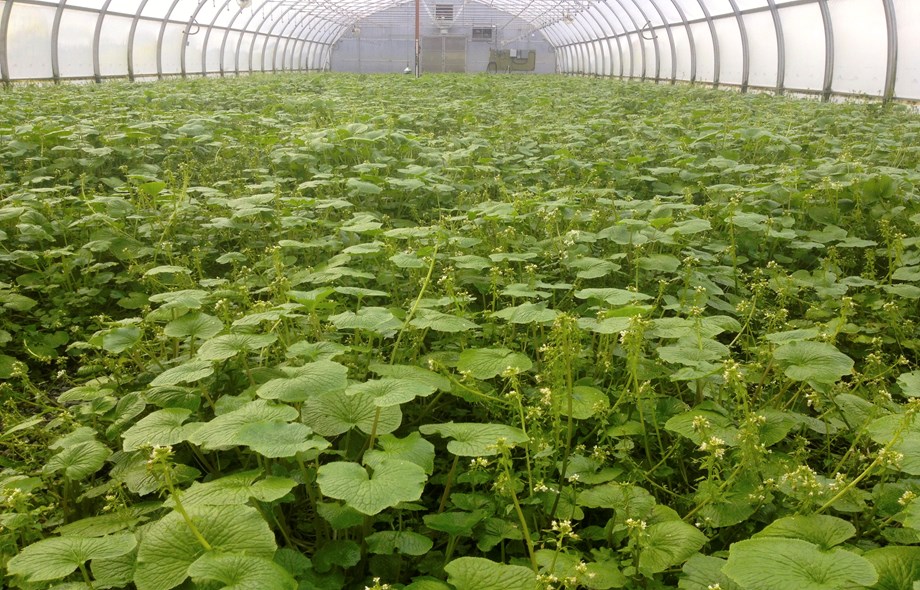
2014
Kaawai British Columbia
Tuaropaki establishes Kaawai British Columbia in Canada, a large commercial scale wasabi growing operation.
A well-known condiment in Japanese cooking, wasabi is recognised for its health and wellbeing properties, including lowering the risk of heart disease, increasing short term memory and removing toxins from the body.
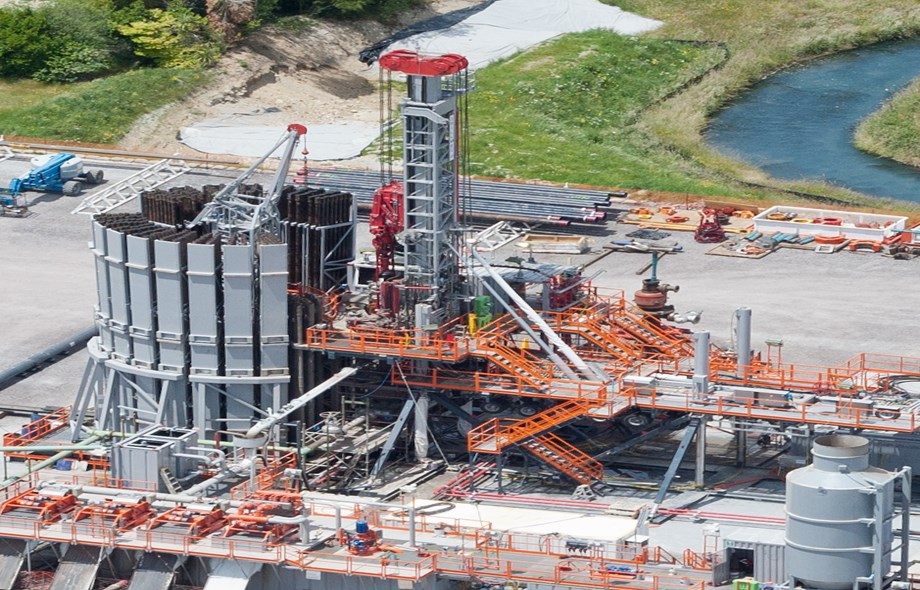
2015
MB Century
Tuaropaki buys MB Century, New Zealand’s leading total solution energy service provider.
Experts in steam field design, MB Century specialises in drilling services, energy research and development and geothermal and hydro station maintenance in New Zealand and overseas.
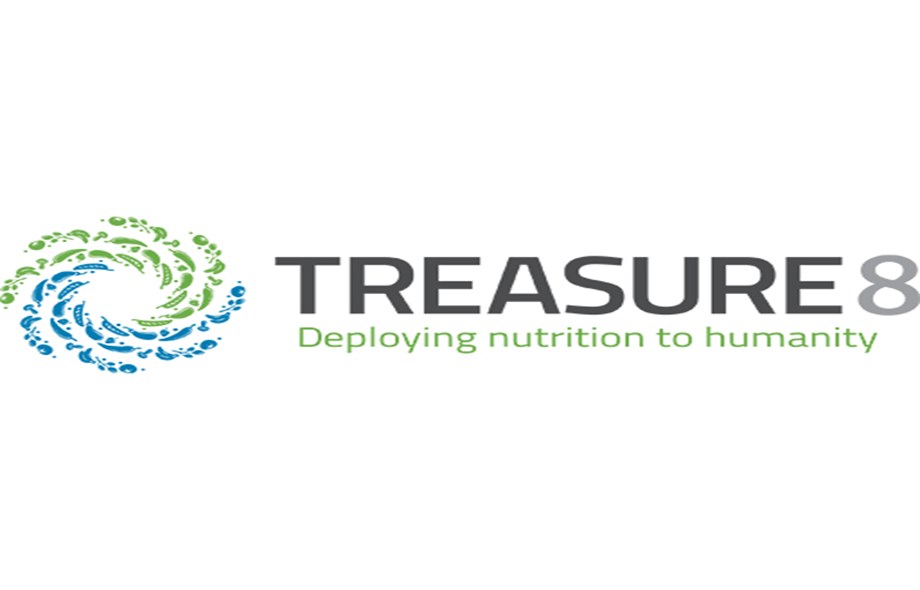
2016
Treasure8
Tuaropaki invests in San Francisco based food tech company, Treasure8.
Treasure8 specialises in researching the development of nutritional food products, with an emphasis on reducing global food waste. The company has also developed advanced food dehydration technology.
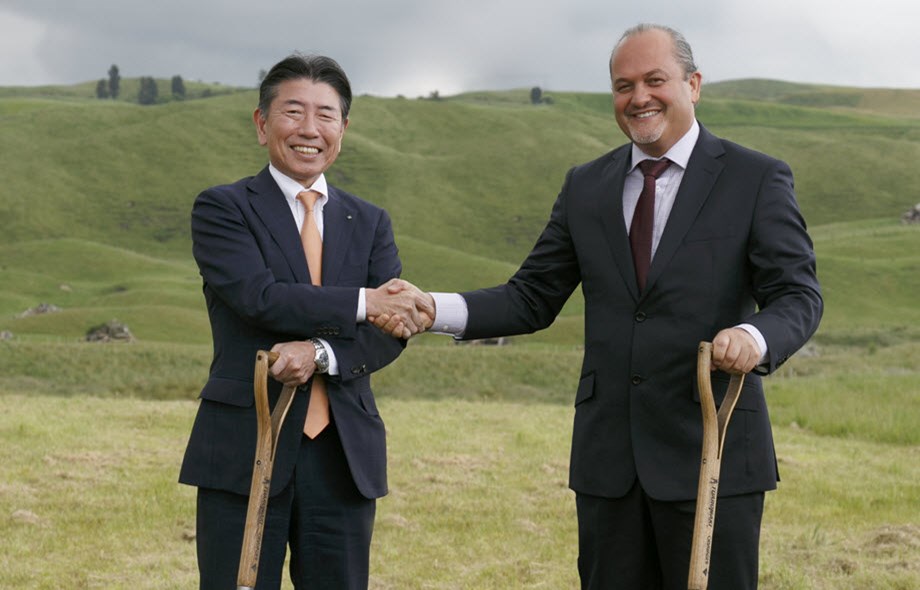
2018
Halcyon Power
Tuaropaki enters into a hydrogen joint venture pilot project with Obayashi Corporation of Japan and establishes Halcyon Power.
Halcyon will pilot the production of carbon free hydrogen using renewable geothermal energy.
Hydrogen is seen as a renewable form of green energy to help meet the world’s future energy needs.
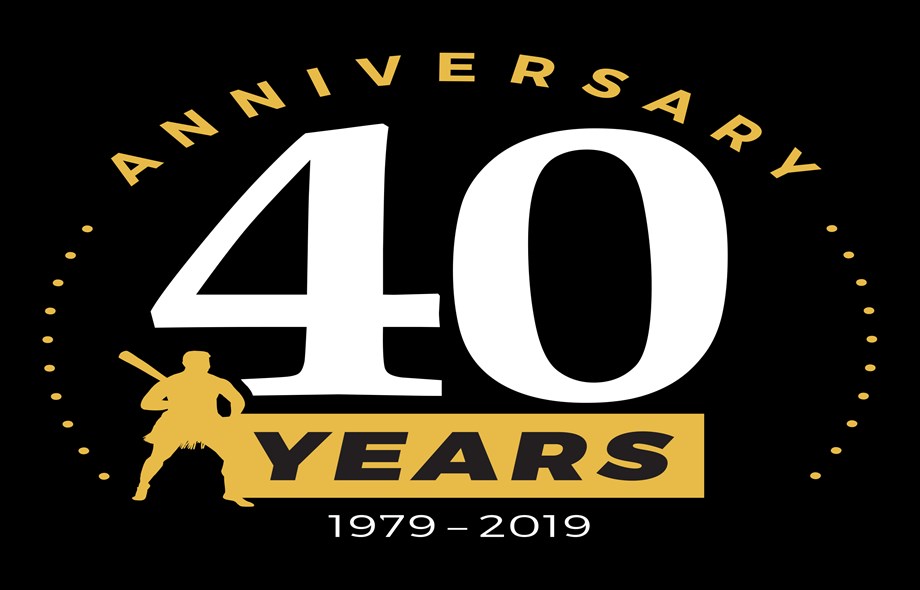
2019
40th Anniversary
Tuaropaki celebrates 40 years since taking on sole responsibility for the management of the land and farming operations.
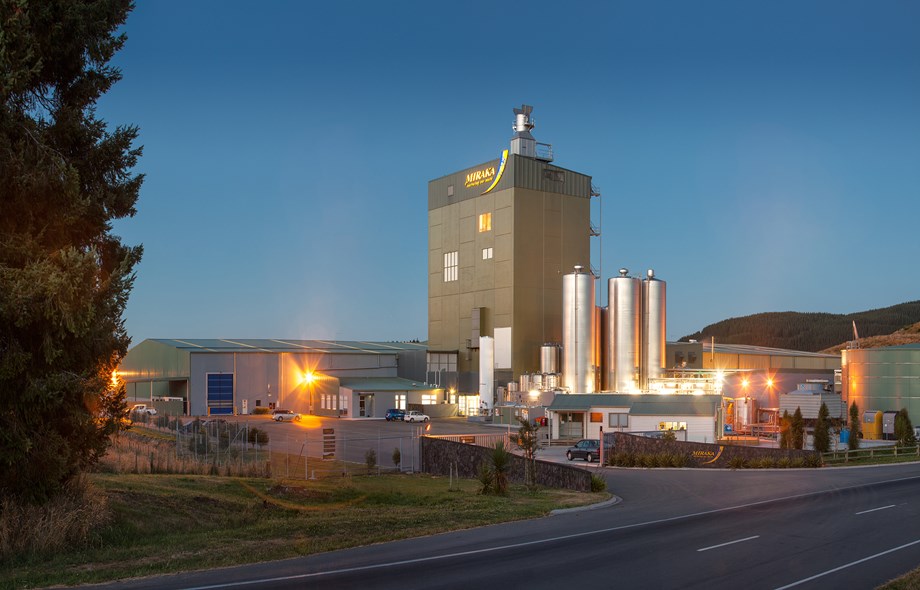
2020
Miraka celebrates 10 years in operation
Since building the Mokai factory in 2010 Miraka has diversified into producing a range of dairy products including Frozen Milk Concentrate, Ultra Heat-Treated milk and A2 beta casein milk powder for export.
The company is one of the world’s most sustainable dairy producers with a low carbon footprint and a world-class farming excellence programme.
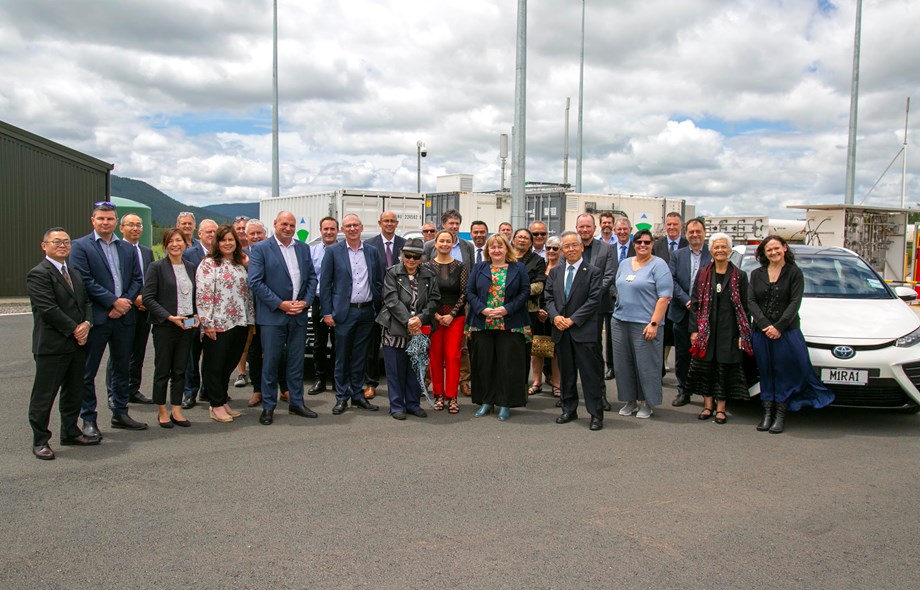
2021
Halcyon Power
Tuaropaki’s 50/50 venture with Japan’s Obayashi Corporation completes post-commissioning tests and begins producing ‘green’ hydrogen - using geothermal energy to electrolyse hydrogen from water.
The project which officially opens in December also works with collaborators on technical innovations and the early adoption of technology to encourage the development of a hydrogen supply chain in Aotearoa/New Zealand.
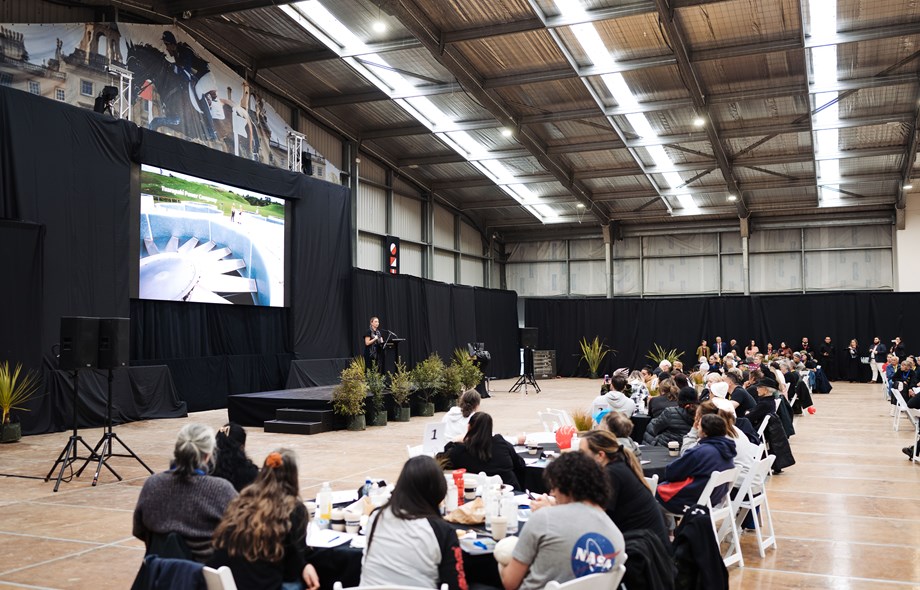
2022
Trust stages five regional wānanga around the motu
A series of five regional Wānanga is held around the country for the first time in the Trust's history. The Wānanga are to encourage discussion on the Trust's governing rules, during a Trust Order revision consultation phase. The final one in Taupō includes the opportunity for Owners and Uri to tour the whenua, visiting the sheep and beef station, dairy farm, Ngaire George Sustainability Centre, Tūaropaki Power Station and Halcyon hydrogen plant.
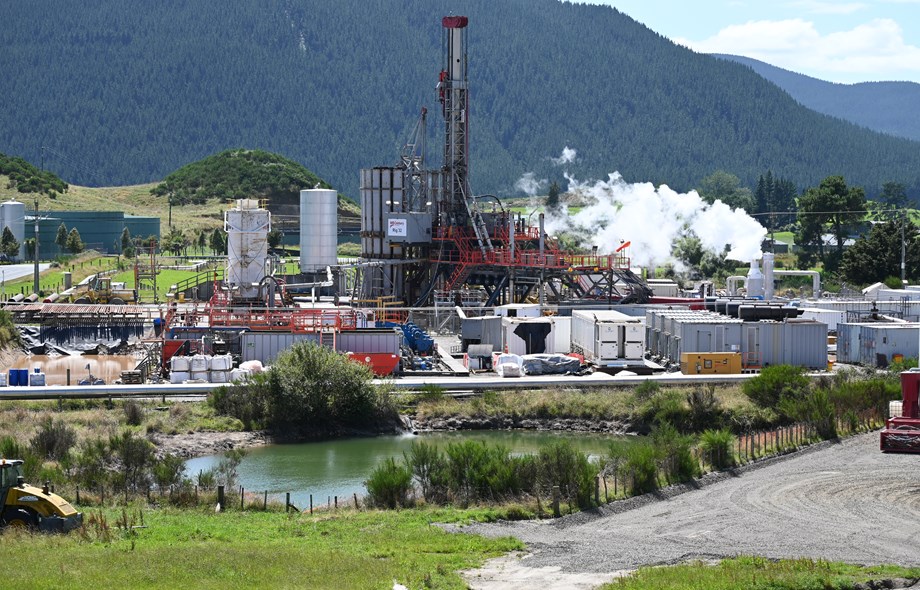
2023
MB Century completes new production well for Tūaropaki Power Company
Wholly-owned subsidiary MB Century successfully drills a new 2100m production well for the Trust's Mōkai geothermal power station during February and March. The MK26 well, completed ahead of the expected date, is then connected to the station later in the year.
In November new Trust Chief Executive Kia Zia is welcomed with a whakatau at the head office.





